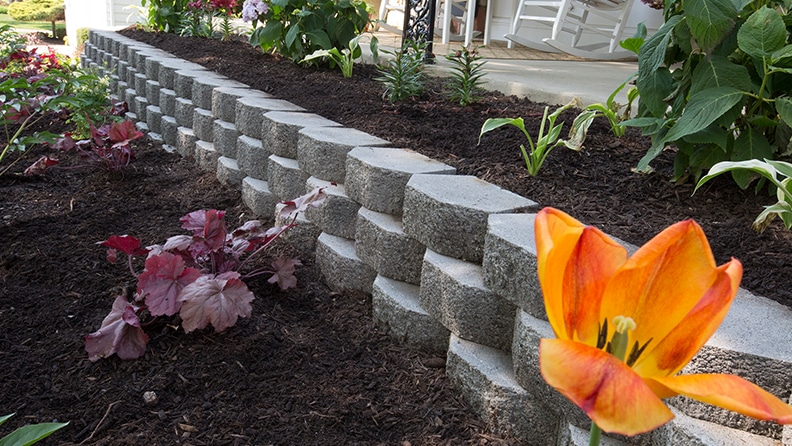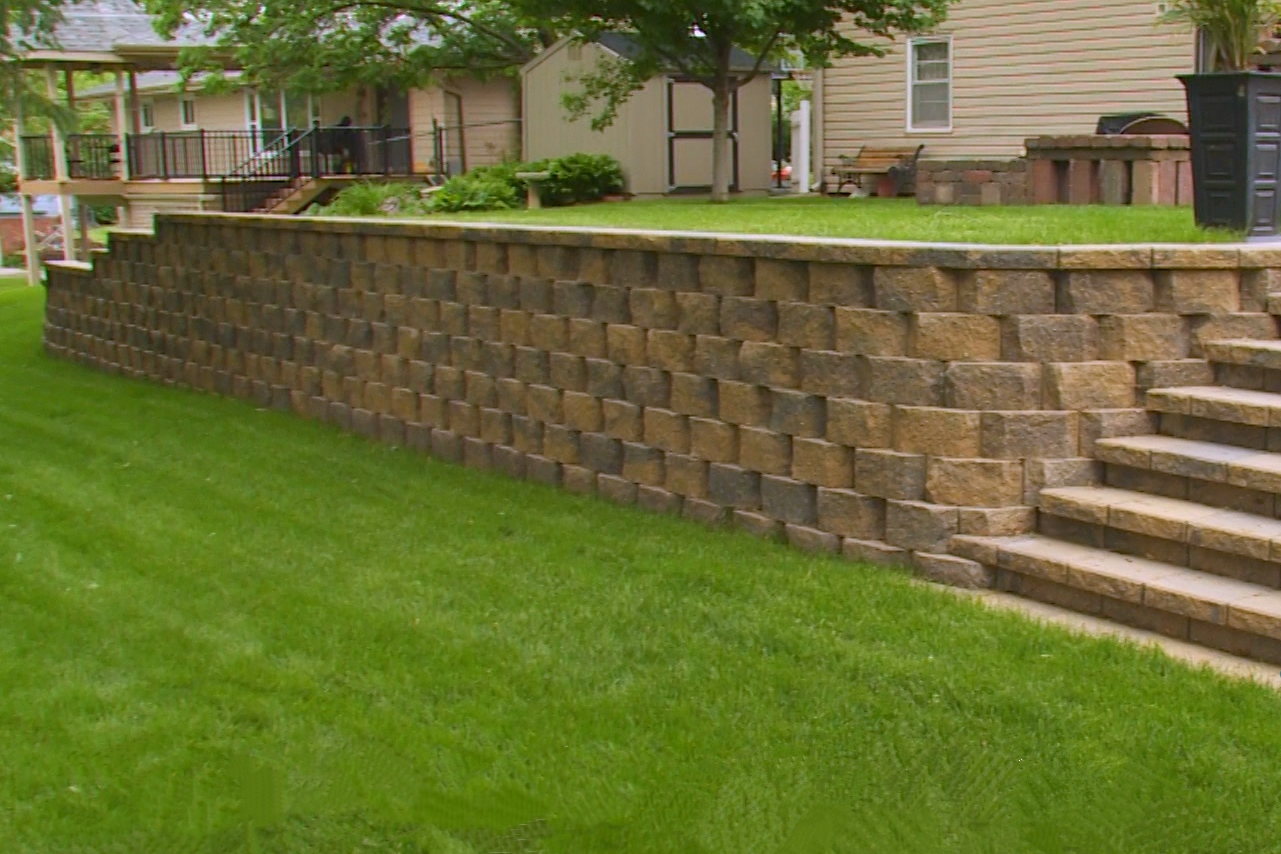Some Known Facts About Retaining Wall And Garden Wall Construction.
Wiki Article
The 9-Minute Rule for Retaining Wall And Garden Wall Construction
Table of ContentsThe Definitive Guide for Retaining Wall And Garden Wall ConstructionThe Only Guide for Retaining Wall And Garden Wall Construction6 Simple Techniques For Retaining Wall And Garden Wall ConstructionNot known Incorrect Statements About Retaining Wall And Garden Wall Construction
If this slope is not managed, the wall will certainly relocate or fail. Rainwater that escapes the top of a preserving wall can damage the soil and plants on either side, deteriorating them away. Drainage systems divert this water from at risk areas, reducing the influence to the structure and its environments.It's been said half of all the issues with maintaining walls include drain and also water issues, and also keeping water out of these walls is a big one. If it's dry, there's little to no chance any kind of greenery can take hold - Retaining Wall And Garden Wall Construction. An effectively developed and also installed system will maintain your wall dry, conserving you money on maintenance and substitute prices.
Fill it with smashed stone or crushed rock. All preserving walls must consist of drainage stone also if a draining pipe is not needed. Area filter fabric above the water drainage stone as well as below the topsoil. That protects against fine material and also natural matter from blocking up the water drainage stone. If your maintaining wall surface needs a drainage pipe, ensure the pipe has ports on all sides, not just one.

Retaining Wall And Garden Wall Construction Things To Know Before You Get This
This damages can be expensive to repair, and an appropriately mounted drainpipe would have stopped it (Retaining Wall And Garden Wall Construction).
A retaining wall that maintains dirt on the behind as well as water on the frontside is called a seawall or a bulkhead. A keeping wall is developed to hold in area a mass of earth or such, such as the edge of a balcony or excavation. The structure is created to stand up to the lateral stress of dirt when there is a preferred change in ground altitude that exceeds the angle of repose of the dirt.

These are cantilevered from a footing and surge above the quality on one side to retain a greater degree quality on the contrary side. Retaining Wall And Garden Wall Construction.
The Retaining Wall And Garden Wall Construction Statements
This reduction decreases the pressure on the maintaining wall. (phi) and the cohesive strength (c) of the kept product, as well as the instructions and size of activity the keeping framework undertakes.
Drainage materials will lower or eliminate the hydrostatic pressure as well as boost the stability of the material behind the wall surface. Drystone keeping walls are usually self-draining. As an instance, the International Building Ordinance requires keeping walls to be made to ensure stability versus overturning, moving, too much structure stress and also water uplift; and that they be developed my sources for a security aspect of 1. Different kinds of preserving walls Construction kinds of gravity maintaining wall surfaces Gravity walls rely on their mass (stone, concrete or other hefty product) to stand up to pressure from behind as well as may have a 'batter' problem to improve stability by leaning back toward the preserved soil. For brief landscape design walls, they are frequently made from mortarless stone or segmental concrete units (stonework devices).
These walls cantilever tons (like a beam of light) to a large, structural ground, converting horizontal stress from behind the wall surface to vertical pressures on the ground listed below. In some cases cantilevered walls are buttressed on the front, or consist of a counterfort on the back, to enhance their strength resisting high loads. Buttresses are short wing wall surfaces at right angles to the major trend of the wall. Diaphragm wall surfaces are costly wall surfaces, but they conserve time and room, and therefore are utilized in city buildings. Sheet heap maintaining wall surfaces are generally utilized in soft dirt and limited spaces.
For a fast price quote Learn More Here the material is generally driven 1/3 above ground, 2/3 underground, however this might be altered depending upon the environment. Taller sheet stack wall surfaces will need a tie-back support, or "dead-man" placed in the dirt a distance behind the face of the wall surface, that is linked to the wall, usually by a wire or a rod.
The 7-Minute Rule for Retaining Wall And Garden Wall Construction
An anchored preserving wall surface can be created in any one of the abovementioned styles however likewise includes additional strength making use of wires or other stays anchored in the rock or dirt behind it. Usually driven right into the product with boring, supports are then expanded at the end of the cable redirected here television, either by mechanical ways or often by infusing pressurized concrete, which increases to create a light bulb in the soil.Report this wiki page